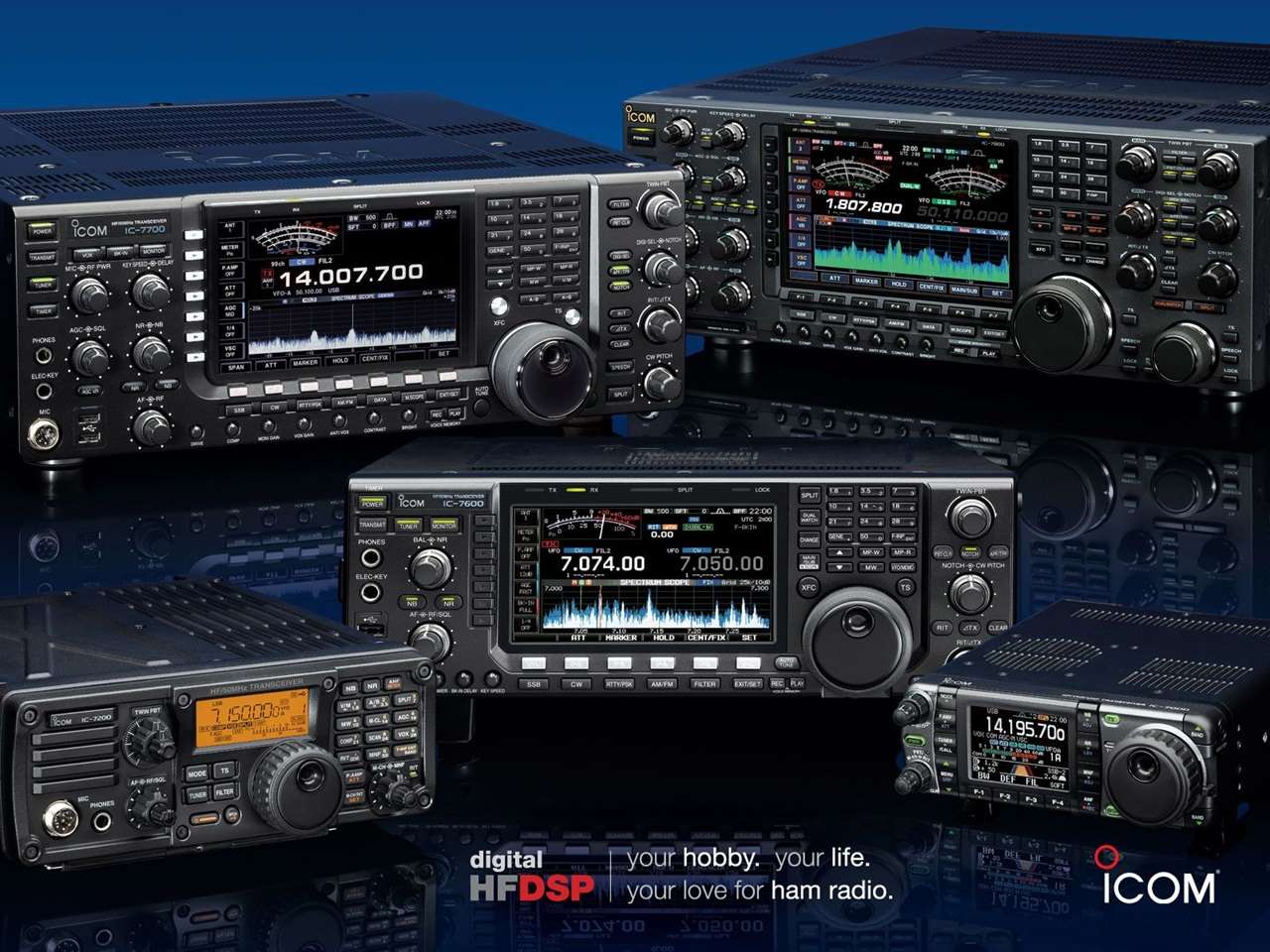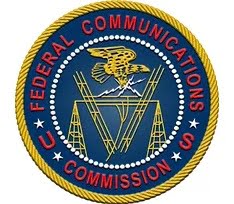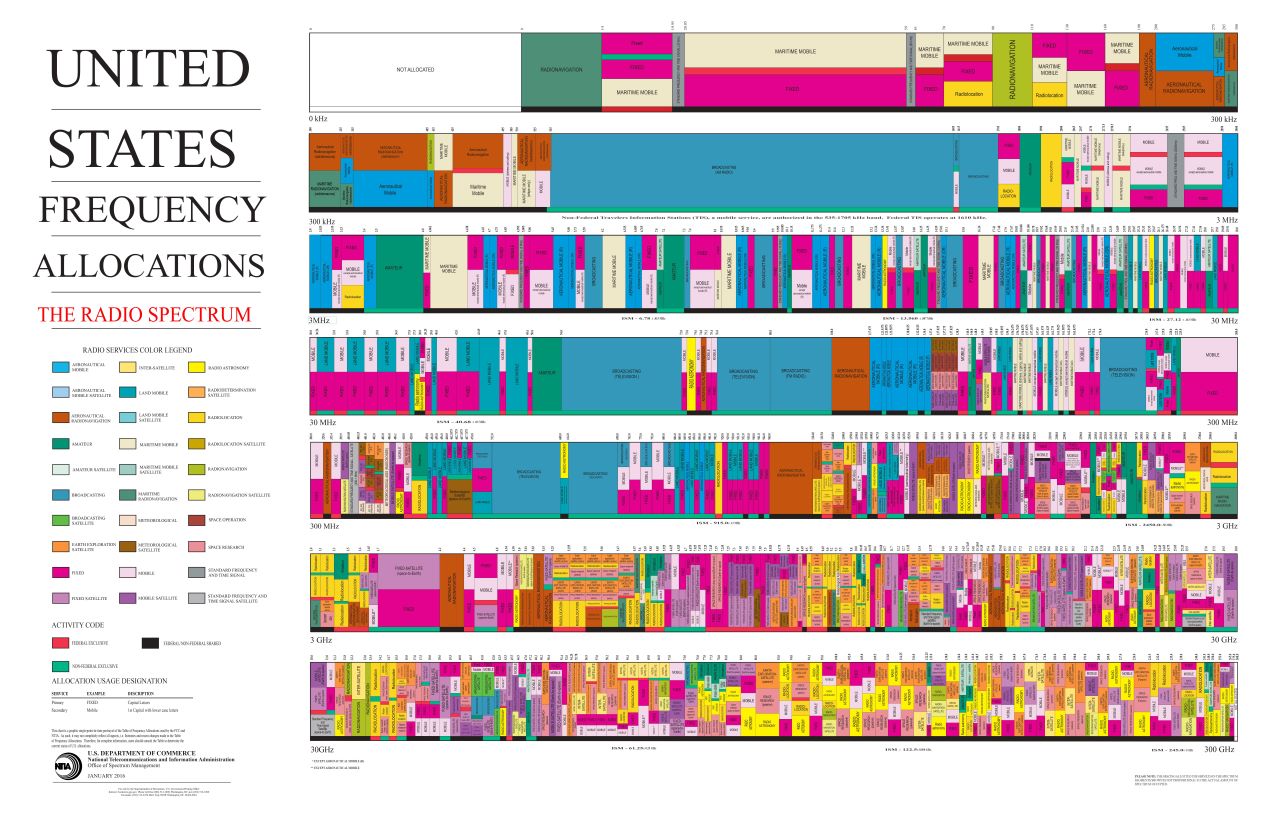Ham Radio Explained

The Amateur Radio Service is better known by its colloquial name, Ham Radio. It is one of numerous radio services sanctioned and administered by the U.S. Federal Communications Commission (FCC).
The FCC administers a wide variety of radio services, each with a unique purpose and with dedicated or  shared segments of radio spectrum, or bands of frequencies. These are a few examples of radio services that you’re probably familiar with:
shared segments of radio spectrum, or bands of frequencies. These are a few examples of radio services that you’re probably familiar with:
- AM Broadcast Radio [535-1705-kHz]
- FM Broadcast Radio [88-108 MHz]
- Citizen Band Radio [26.96 – 27.41 MHz]
- Aviation Radio [117.975 – 137 MHz and others]
- Commercial TV, Ch.2 – 6 [54 – 88 MHz]
- Commercial TV, Ch.7-13 [174 – 216 MHz]
There are additional radio services including cellular communications, satellite communications, emergency services communications, ocean vessel communications, military communications, and more. Here is a chart depicting all the radio services administered by the FCC and the slices of radio spectrum dedicated or shared by each service.
You can download the official hi-res Chart here.
Radio spectrum frequencies run horizontally along each row of this chart, and each of those colored blocks is a unique radio spectrum allocation to a specific radio service like those examples listed above. The Amateur Radio Service has several bands of spectrum allocated to its use and indicated in the chart. We refer to these as the “ham bands,” and they are mostly fully dedicated to ham radio operators’ use, with a few shared spectrum exceptions.
Like all other radio services, the Amateur Radio Service has specific purposes for the use of the allocated spectrum. These purposes are outlined by the FCC in the U.S. Federal Government Title 47 Code of Federal Regulations, Part 97, Amateur Radio Service. The stated purposes include:
- (a) Recognition and enhancement of the value of the amateur service to the public as a voluntary noncommercial communication service, particularly with respect to providing emergency communications.
- (b) Continuation and extension of the amateur’s proven ability to contribute to the advancement of the radio art.
- (c) Encouragement and improvement of the amateur service through rules which provide for advancing skills in both the communication and technical phases of the art.
- (d) Expansion of the existing reservoir within the amateur radio service of trained operators, technicians, and electronics experts.
- (e) Continuation and extension of the amateur’s unique ability to enhance international goodwill.
So, the Amateur Radio Service is the formal FCC designation for Ham Radio, with the defined purposes above and the allocation of spectrum for those purposes.


